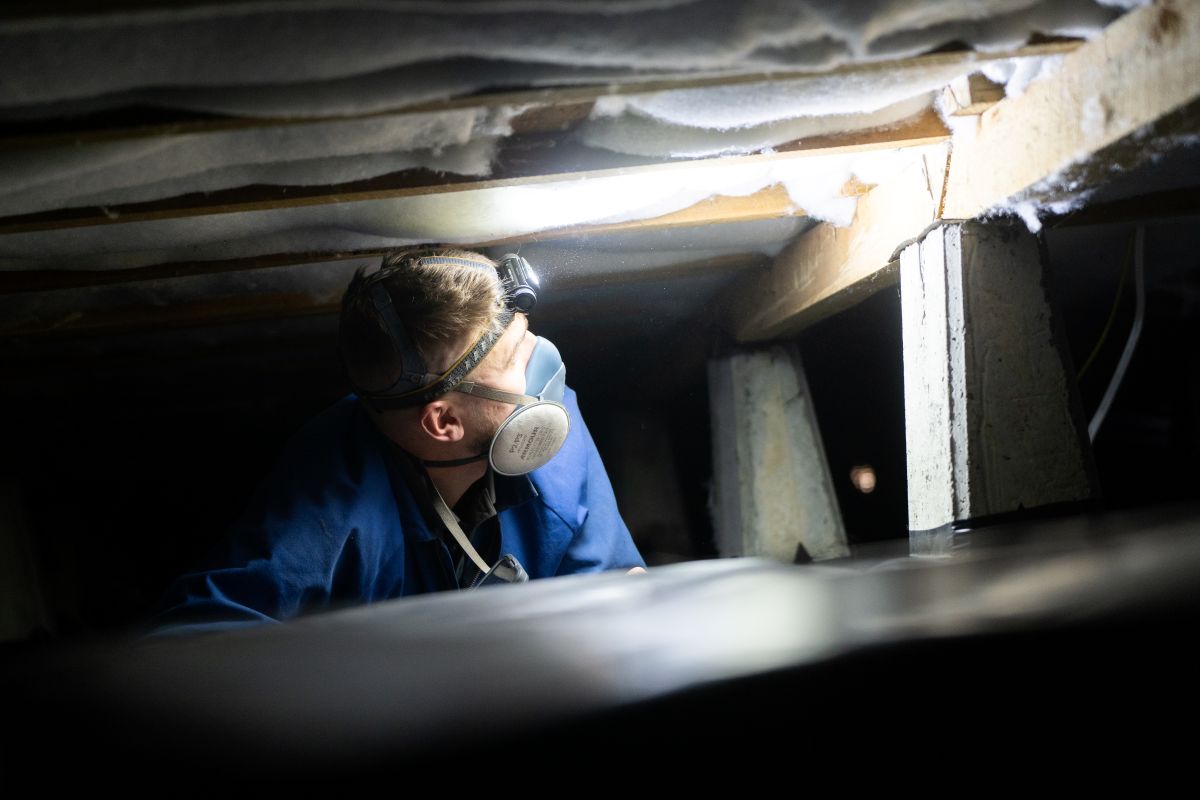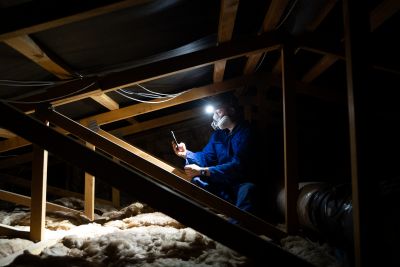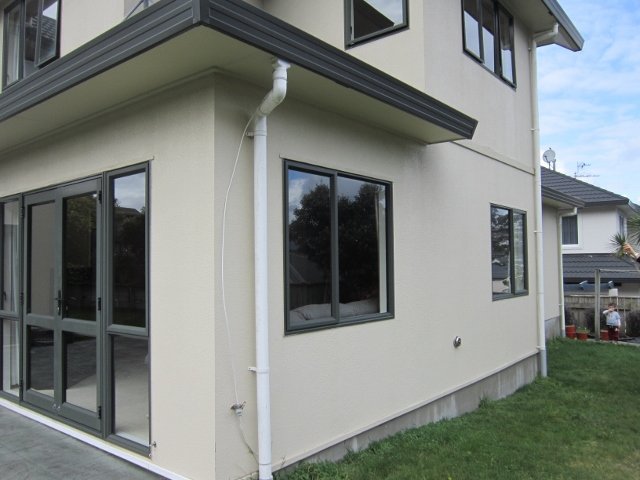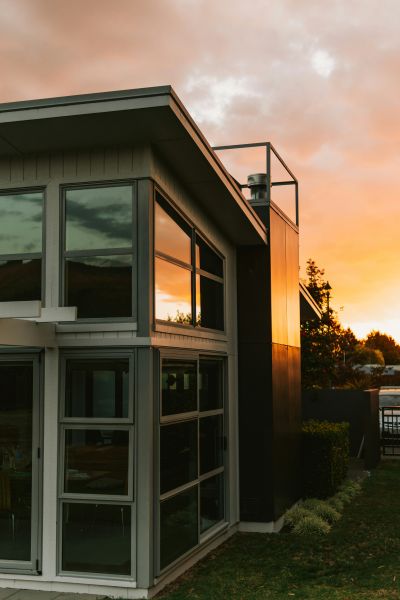Top 10 Common Issues Found in NZ House Inspections

Top 10 Common Issues Found in NZ House Inspections
When we inspect homes around New Zealand, certain problems crop up repeatedly. Being aware of these issues helps buyers and sellers address red flags early. Here are ten of the most frequent defects Kiwi inspectors find:
- Roof Damage or Leaks: Roof wear and tear is common – think rusted metal roofing, cracked or missing tiles, and loose flashings. Inspectors always check the roof’s condition, as even minor roof defects can lead to major leaks if ignored.
- Poor Drainage & Water Pooling: Many properties have drainage problems. Signs include water pooling under the house, overflowing gutters, or downpipes backing up in heavy rain. Such stormwater issues can cause dampness and foundation damage.
- Plumbing Problems: Leaky or outdated plumbing often gets flagged. Dripping pipes, low water pressure, or old “black plastic” piping known to fail often cause hidden water damage. Checking all taps, showers, and visible pipes is standard during an inspection.
- Faulty or Old Wiring: Electrical issues are a safety hazard. We frequently find aging wiring (e.g. 1970s-era cables), overloaded switchboards, or DIY electrical work. Any discolouration around outlets or the fuse box can indicate overheating wires.
- Foundation & Structural Concerns: Many older NZ homes have some degree of settling. We look for cracks in concrete foundations, rotten or subsiding piles, and sloping floors. Signs like cracked window sills or doors that don’t close properly can point to past movement or earthquake damage.
- Rotten Timber & Moisture: Moisture issues are another top culprit. We often find rot in wood trim or weatherboards, soft bathroom floors, or mouldy corners. Any damp, rot or mould is highlighted in our report, as it may signal a bigger weathertightness or ventilation problem.
- Borer and Pests: Older timber villas commonly have borer (woodworm) activity. Tiny pinholes with fine sawdust (frass) indicate borer chewing through timbers, which can weaken floors and joists.
- Inadequate Insulation/Ventilation: Insulation and airflow shortcomings are easy to spot. Missing or thin ceiling insulation (and lack of underfloor insulation) leads to cold, damp interiors prone to mould. If a bathroom or kitchen has no extractor fan, moisture will accumulate and cause damage over time.
- Cladding & Weathertightness Issues: Exterior cladding defects are frequent – cracks in siding, gaps around windows, or poorly installed flashings. Homes built in the late 1990s–2000s with monolithic plaster cladding and no eaves are notorious for leaks. Any water stains or soft spots around windows get extra scrutiny.
- DIY or Unconsented Work: We often see evidence of amateur renovations – say a deck or sleepout added without council consent. If a new room or alteration isn’t in the official plans, that’s a red flag that could complicate insurance or resale.
Addressing these common issues can save a lot of stress. If you’re buying, a thorough inspection will uncover them so you know what you’re in for. If you’re selling, fixing problems beforehand can smooth the sale process. Contact us to book a comprehensive house inspection – we’ll help ensure there are no hidden surprises.
You may also like...
Stay informed with our expert property advice.
What Our Clients Say
Don't just take our word for it - see what our satisfied clients have to say about their experience with Inspected Residential.
Ready to Make Informed Property Decisions?
Don't let uncertainty cloud your property journey. Our comprehensive building inspection reports provide the clarity and confidence you need to make informed decisions.











.jpg)